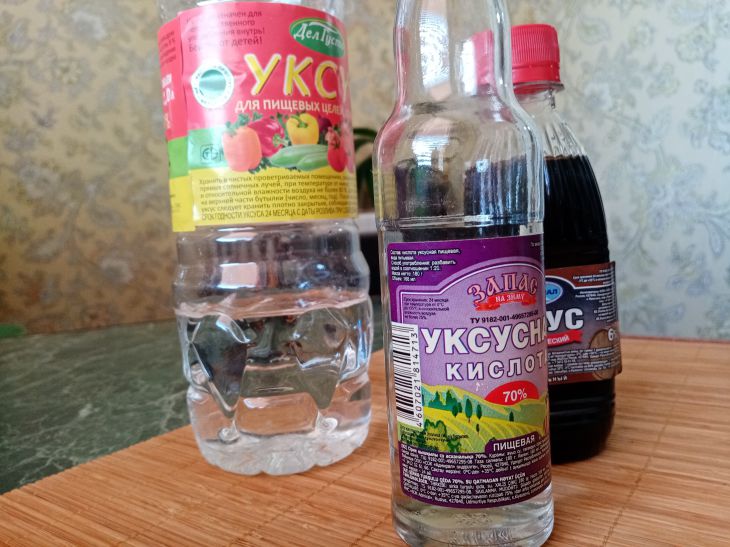How to Get Rid of the Unpleasant Smell of Plastic Containers: 7 Effective Methods
Plastic containers have become indispensable helpers in the kitchen. However, when buying new ones, there is always a problem with the unpleasant smell that comes from them.
Here are some ways to help get rid of the unpleasant smell of plastic containers.
Vinegar
You can create a mixture of equal parts vinegar and water and leave the containers in it for several hours or even overnight.
Vinegar helps neutralize unpleasant odors. After using this mixture, containers should be thoroughly rinsed with warm water.
Using lemon
You can also cut a few slices of lemon and place them in the container.

Lemon juice effectively eliminates odors and gives containers a fresh scent. Lemon slices can be left in the container overnight.
Baking soda
Baking soda absorbs odors and makes containers odorless. Just sprinkle a few spoons of baking soda into the containers and leave them for a day.
Of course, this method can be called preventive. If the smell of new containers is too "strong", then soda may not help.
Coffee processing
You can fill the containers with coffee grounds and leave them for a few hours. The coffee absorbs unpleasant odors, giving them a pleasant aroma. Of course, it makes sense to use only natural coffee.
Ventilation
Anyone can leave plastic containers in the open air or in the sun for a few hours. The method can be called one of the simplest, but it is important to remember that in most cases it does not show a good effect.
Activated carbon
Activated carbon absorbs odors, making containers fresh. Just put a few tablets of activated carbon in the containers and close them with lids.
Washing plastic containers
Wash plastic containers with hot water and dishwashing detergent. Many people use this method right away. However, it is important to understand that if the containers have a strong odor, this method may not help.
Previously, we talked about how to keep your feet warm in winter.
